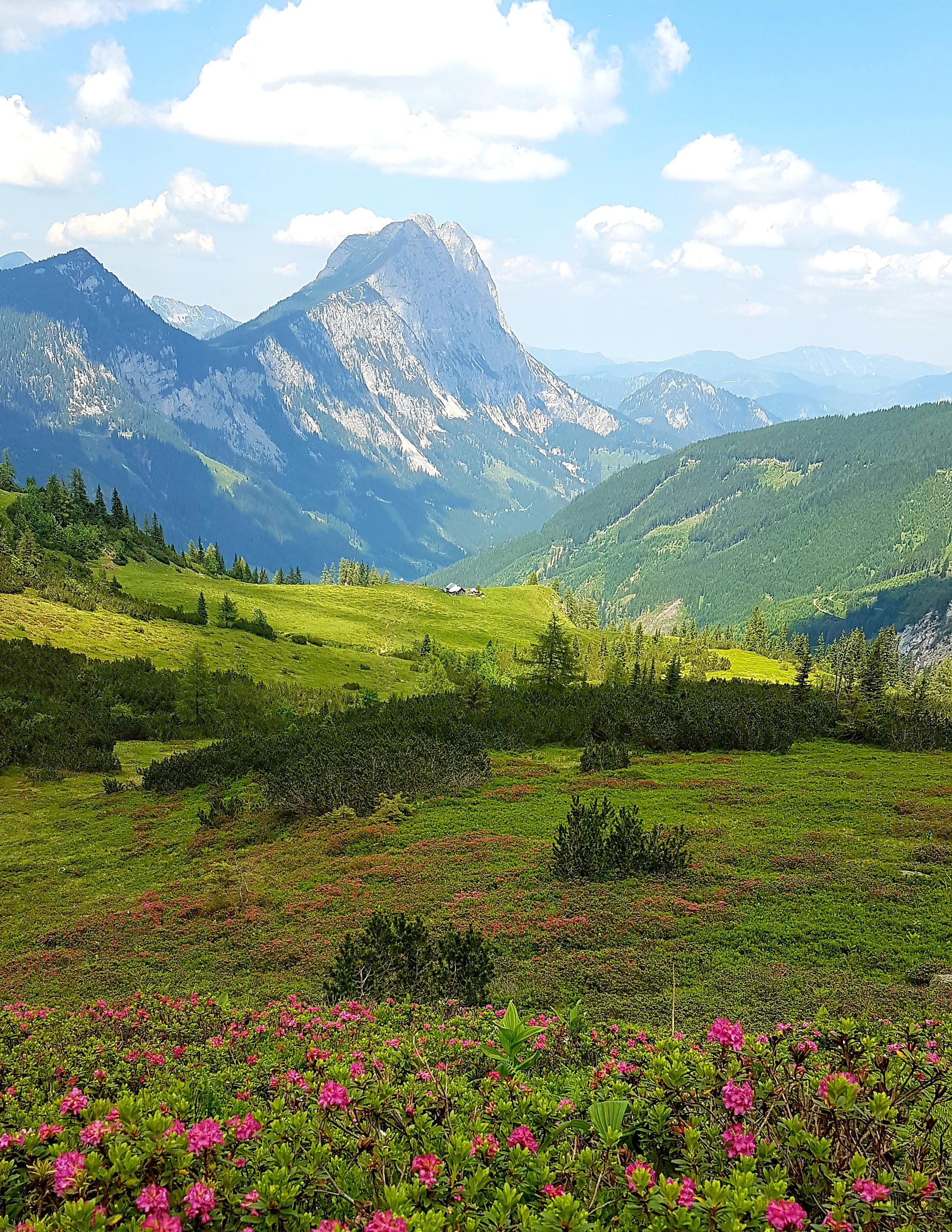Baumgartner - Baunti Lager

Brauerei Baumgartner (Schärding)
5%
Alcohol
12° P
Gravity
Lager / Helles
Beer type
Bottom fermented
Fermentation
238
Ratings
91
Cheers
14
Reviews
Beer description
"Bright unclouded yellow beer is located after pouring under a beautiful white foam crown, which is quite stable on the beer." These disappear clearly grainy malt notes, which together with significantly weaker slightly spicy hop notes determine the aroma a short hop note with a bitterness, but which suddenly makes a very sweet malt a lot of space.This beer is able to form only a few bodies despite the now more intense grainy malt.Very lively carbonation with appealing lusciousness, something under the short bitterness from the beginning In the after-drink, a more harmonious interplay of bitter and now grassy hop notes and sweet grainy malt, which also compensates for the bitter. When the Innviertler left Bavaria in 1779, they take something important with them: the knowledge How to brew a decent beer. Well, what you do well and like for almost 600 years, you will not forget that fast. Anyone who studies the history of beer brewing in the Innviertel will therefore rather find it in the Munich archives than in this country. Guaranteed: Since the mid-15th century, the Innviertler operate full-time as a brewer. Farmers and monasteries came to the beer taste earlier. Whereby the beer of that time - apart from the intoxicating effect - does not have much in common with what runs today out of the taps. Thank God you have to say well. Until the 16th century, only brown beer was brewed - an often bleak junk of grain and spiced with all sorts of things, but not with hops (it only became fashionable in the late Middle Ages). The Braunbier was only allowed to be produced and sold by Michaeli (September 29) until Maria Lichtmess (February 2). No wonder that in the 16th century people were delighted with the invention of Weissbier. At first it was allowed to brew only in Mattighofen and Passau - but at least from Georgi (24 April) to Michaeli. From then on, beer friends were off the hook all year round. Although, of course, it was not that easy again. In hot summers, the beer spoiled quickly. They made use of deep cellars, which in the winter were stocked with ice from nearby lakes and ponds. In addition, chestnut trees were set up in front of the house to provide shade - from there it was not far to the beer garden. It is no coincidence that the Innviertel still has the largest brewery density in Austria today. In the course of the beer history almost 150 breweries were counted here. No one is thirsty here.




